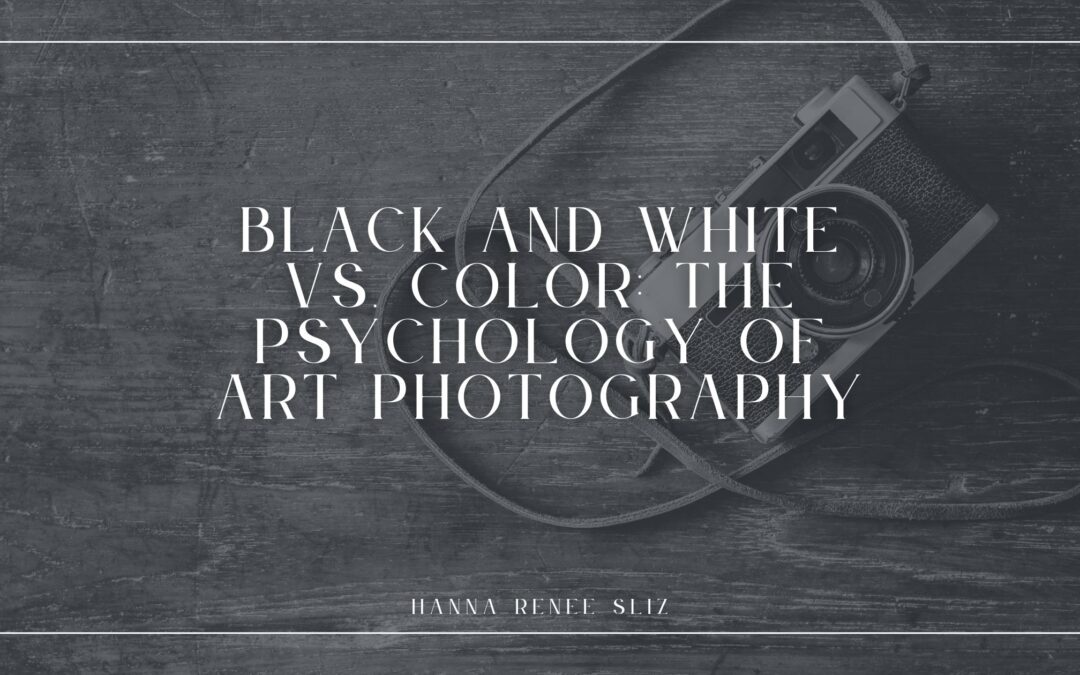Photography is more than just capturing an image; it is about conveying emotion, storytelling, and evoking a response from the viewer. One of the most critical artistic choices photographers make is whether to shoot in black and white or color. While both styles offer unique visual and psychological effects, understanding their impact can help photographers create more powerful and meaningful imagery.
The Emotional Impact of Black and White Photography
Black and white photography has a timeless and classic appeal. By stripping away color, it emphasizes shape, contrast, and texture, allowing the viewer to focus on the essence of the subject. The absence of color also enhances the emotional weight of an image, often evoking feelings of nostalgia, melancholy, or introspection.
Psychologically, black and white photography can create a sense of detachment from reality, making images feel more abstract or universal. This is one reason why documentary and street photographers often prefer monochrome—it distills a moment to its raw emotional core, removing distractions that color might introduce. The stark contrast between light and shadow in black and white images also heightens drama, lending a cinematic quality that can make ordinary scenes feel extraordinary.
Additionally, black and white photography is often associated with history and authenticity. Many iconic images from past generations were captured in monochrome, giving black and white photographs a sense of credibility and timelessness. This is why photographers seeking to convey depth, seriousness, or an enduring message frequently turn to black and white.
The Psychological Influence of Color Photography
Color photography, on the other hand, offers a broader and more immediate emotional palette. Different colors evoke specific emotions: red can symbolize passion or danger, blue conveys calmness or melancholy, and yellow often represents happiness and warmth. By using color strategically, photographers can guide the viewer’s emotional response to an image.
Color also plays a significant role in storytelling. It provides context, helping viewers connect with the time, place, and atmosphere of a photograph. Warm tones can evoke a sense of comfort and nostalgia, while cool tones can create feelings of isolation or serenity. Additionally, color photography can make an image feel more lifelike and relatable, as it mirrors how we naturally perceive the world.
Modern photographers often use color theory to enhance their compositions. Complementary colors can create dynamic tension, while analogous colors can provide harmony and balance. The intentional use of color can transform an image from a simple snapshot into a carefully crafted visual experience.
Choosing Between Black and White and Color
Ultimately, the choice between black and white and color photography depends on the message an artist wishes to convey. Black and white photography excels in highlighting form, contrast, and emotion, making it ideal for dramatic, timeless compositions. Color photography, however, offers a rich and varied emotional range, allowing photographers to manipulate mood and storytelling through hues and tones.
By understanding the psychological effects of each approach, photographers can make intentional decisions that elevate their art. Whether capturing the stark beauty of a monochrome portrait or the vibrant energy of a colorful street scene, both styles offer powerful ways to communicate through imagery.

